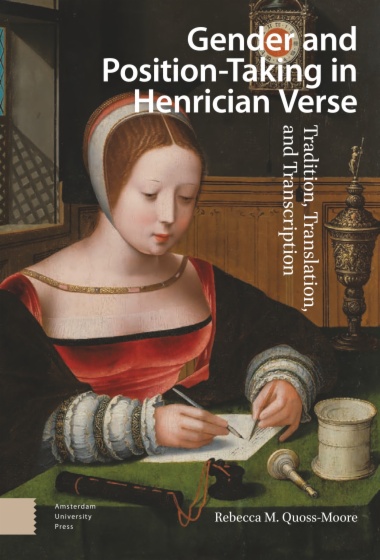Tradition, translation, and transcription in Henrician verse functioned together in systems of communally created, coded position-taking. Understanding this system as an extensive network of production and reception in which women took on many roles allows for new readings of Henrician verse that emphasize the interpretive range available to contemporary reading and writing communities. This restoration demasculinizes our approach to Henrician verse not only through a more equitable consideration of gender’s functions in that social world, but also in de-emphasizing individualized self-fashioning or authorial intent in favor of an engagement with communal production and shared sociopolitical engagement. The creation in this system is not of a code, but of systems for coding and recognizing position-taking. These communal systems offer a site for the intersection of reader and writer, of transcriber and composer, and of King and courtier in a space that questions, creates, and troubles power in the Henrician court.
- Cover
- Table of Contents
- Acknowledgements
- Introduction
- 1. Early Verse Position-Taking in the Henrician Court
- A. The King’s Courtly Verse
- B. Skelton and Early Henrician Courtiers’ Position-Taking
- 2. Traditions of Resistance and Verse Position-Taking
- A. Wyatt and Contextual Position-Taking
- B. Surrey and Self-Authorization
- 3. Translation and the Position-Taking Verse Tradition
- A. Titles, Tottel’s, and Verse in Context
- B. Language Choices and Communal Position-Taking Practice
- 4. Men’s and Women’s Approaches to Translation and Authority in the Late Henrician Court
- A. Surrey’s Aeneid
- B. Wyatt’s Psalms
- C. Parr and Hybridized Position-Taking
- D. Two Translations into Prose by Early Modern Englishwomen
- Elizabeth’s Miroir
- Jane Lumley’s Iphigeneia
- 5. Transcription as Translation: Writing the Language of Manuscript Poetry
- A. Context and ‘Correctness’ in Manuscript Transcription
- B. Responsive Reading and Composition
- C. Forms and Dialogues
- 6. Resistance and Unity in the Douglas-Howard Exchange
- A. The Epistolary Exchange
- B. Contextual Affect and Effect
- Conclusion
- Bibliography
- Index

